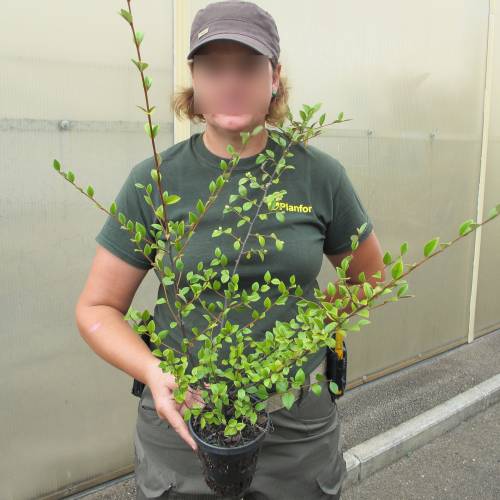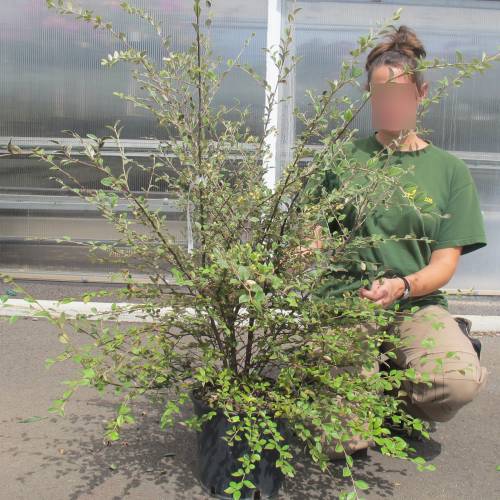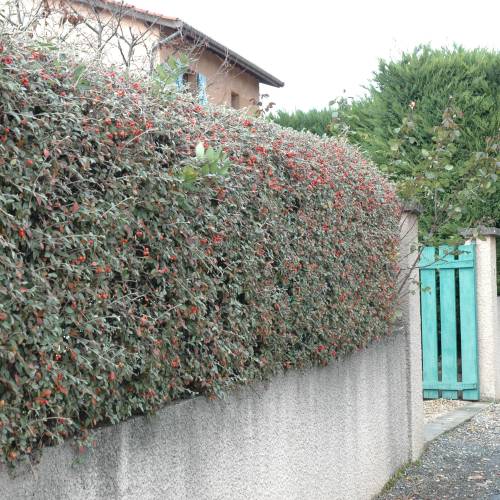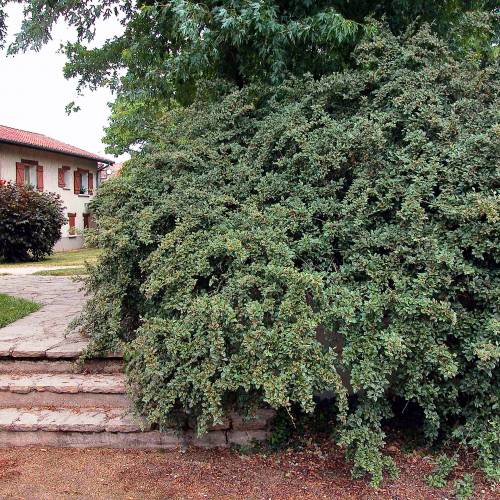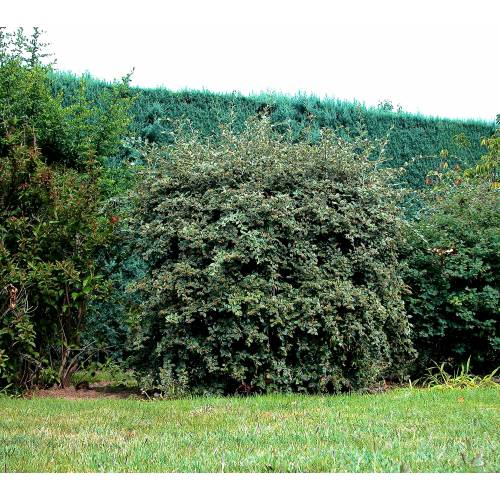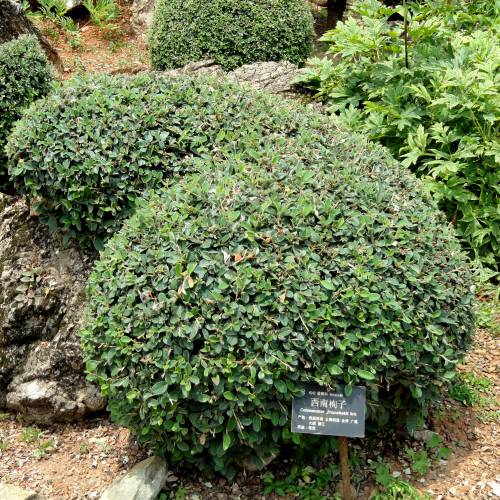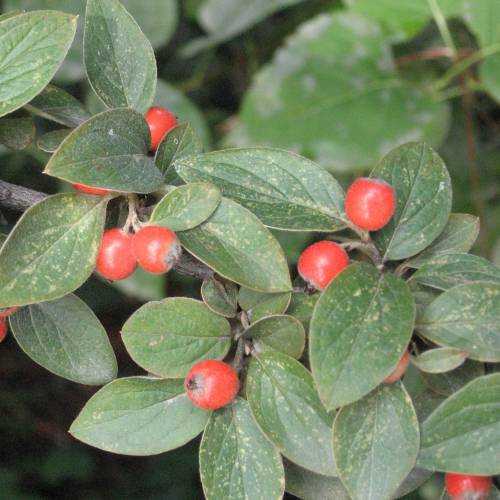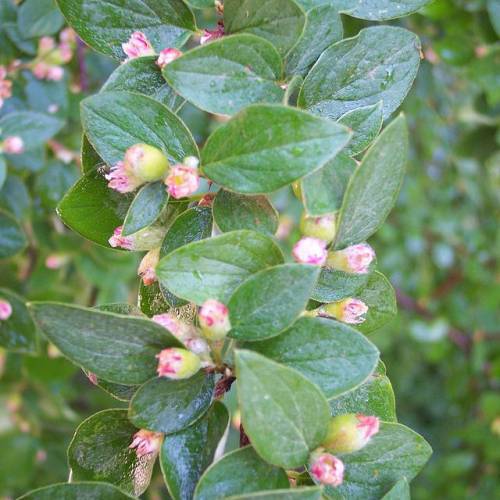
Cotoneaster, Franchetii / Cotoneaster franchetii
-
51.48 € Cotoneaster franchetii
1680P - Available
-
46.28 € Cotoneaster franchetii
1680Q - Available
-
6.19 € Cotoneaster franchetii
1680M - Available
-
5.88 € Cotoneaster franchetii
1680N - Available
-
5.56 € Cotoneaster franchetii
1680W - Available
-
5.36 € Cotoneaster franchetii
1680V - Available
-
5.36 € Cotoneaster franchetii
1680MB - Available
-
5.15 € Cotoneaster franchetii
1680S - Available
-
5.04 € Cotoneaster franchetii
1680NB - Available
-
4.94 € Cotoneaster franchetii
1680SB - Available
-
4.73 € Cotoneaster franchetii
1680WB - Available
-
4.73 € Cotoneaster franchetii
1680J - Available
-
4.52 € Cotoneaster franchetii
1680VB - Available
-
4.32 € Cotoneaster franchetii
1680SC - Available
-
4.11 € Cotoneaster franchetii
1680SD - Available
-
4.11 € Cotoneaster franchetii
1680T - Available
-
3.07 € Cotoneaster franchetii
1680L - Available
-
2.25 € Special Offer - 50%
1680JB - Available
-
2.03 € Cotoneaster franchetii
1680U - Available
-
1.51 € Cotoneaster franchetii
1680R - Available
-
1.20 € Cotoneaster franchetii
1680X - Available
-
0.40 € FERTILISER
1680A - Available
-
Area of origin: China.
Adult Dimensions: Height up to 2.5m (8.2'), width up to 2m (6.6').
Foliage: Semi-evergreen during very cold winters.
Soil Type: All.
Hardiness: Hardy to -29°C.
Exposure: Full sun.
Properties and uses:
White flowers with a pink exterior in June. This a bushy spreading shrub with arching branches. The young branches are at first grey and velvety and become smooth and brown. The leaves are green and silvery white underneath. The orange fruits are very important and last through September and October. Very useful plant either planted alone or within a mixed flowering hedge or country hedge.
See complete Catalogue for CotoneasterPlanting a Hedge of Franchet's Cotoneaster
1/ To create a hedge of Franchet's Cotoneaster, you may choose seedlings with different heights depending on the desired effect and the allotted budget.
- Seedlings less than 40 cm high in individual cups or clods, will grow in your garden according to the resources available. As does the nurseryman, you will have to pay attention to their growth and adapt watering, addition of fertilizer, and pruning. They are often the cheapest solution, due to their small size. On the other hand, you will have to wait a few years before the hedge reaches its full capacity
- Seedlings more than 40 cm high in pots, will be more developed and have more branches. You will have to keep a close eye on their growth at least during the year following the plantation. They will quickly create a hedge if they are correctly pruned in order to encourage branching
2/ Whatever your choice is, always plant after preparing and enriching the soil.
Drought periods are often synonym of water stress, so the gardener must remain vigilant and add a manual or automatic watering system.
Natural or plastic mulching is also highly recommended to limit the growth and competition of grass weeds.3/ To create a screening hedge:
- Plant every 60 to 80 cm.
- Spread mulching on a clean soil.
- Cut the tip of the stems to encourage branching. This way, you will have a denser hedge.
Pruning and maintenance of a Hedge of Franchet's Cotoneaster
Hedges are clean and beautiful when they are pruned regularly. Regular pruning and shaping can influence the growth rate and density of the hedge.
There is a distinction between an adult hedge and a forming hedge. The adult hedge needs maintenance pruning. A forming hedge needs pruning and shaping to encourage healthy growth and the development of side branches while avoiding bare trunks at the base of the shrub.Pruning and shaping of regular hedges:
Roughly cut the sides of the hedge to a same size during the first years after plantation. The base must be slightly larger than the top, so that all the branches take advantage of the sun. Remove 30 to 40% of the year's growth until the hedge has the required height and width. Prune the top only when the shrub has reached the desired height. In the meantime, cut only the side branches.
In a few years' time, your hedge will be fully grown and will only need yearly maintenance pruning to keep it beautiful.When is time to prune the hedge ?
The best moment to prune a flowering hedge is right after blooming.
The best moment to prune regular or screening hedges depends on the variety of shrub that composes it.
For a deciduous tree, prune in spring (April) then at the end of September.
For a conifer, prune in June to enjoy the spring shoots. Do not prune after September, as the cuts would not heal well. -
-

Catalogue of Mature Hedge Plants
37 products -
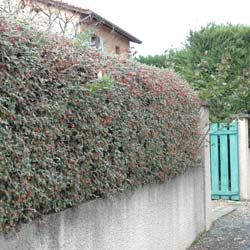
Cotoneasters
5 products -
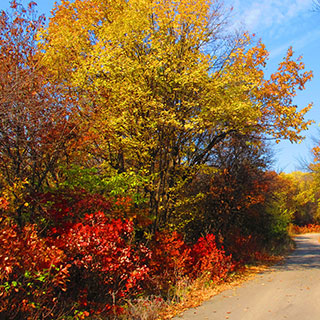
Country Hedge - Farmland Hedge
75 products -

Current plants promotions
372 products -
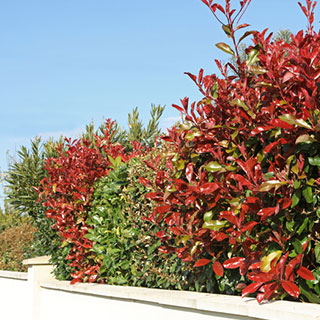
Evergreen Hedge
39 products -
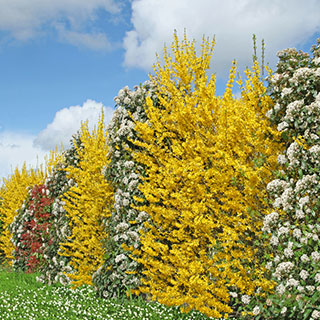
Flowering Hedge - Blooming Hedge
115 products -
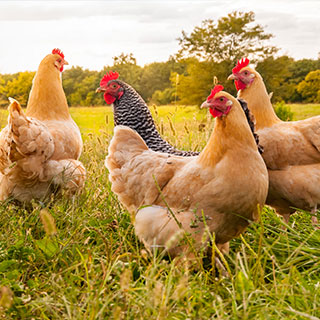
Free-range chickens
34 products -
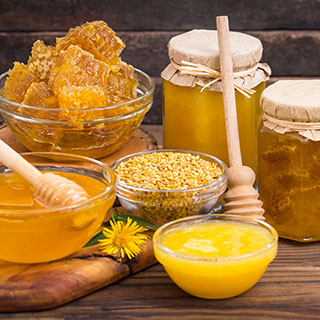
Honey Plants
245 products -
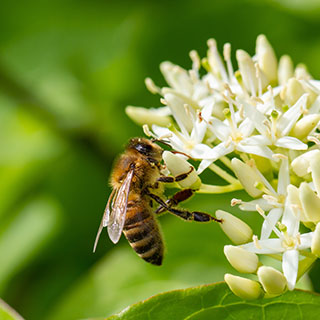
Melliferous Hedge
205 products -
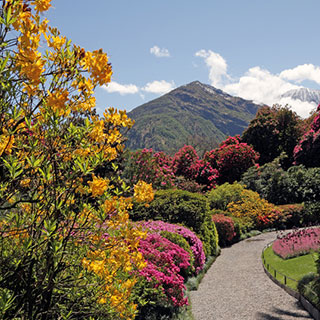
Mountain Gardens plants
194 products -
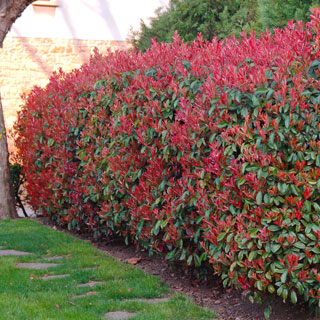
Screening Hedge
51 products -
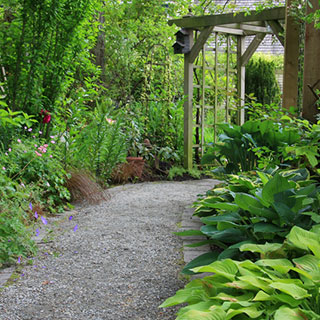
Shady Gardens plants
183 products -
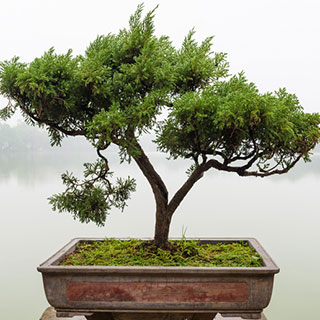
Young plants for Bonsai
96 products
-

